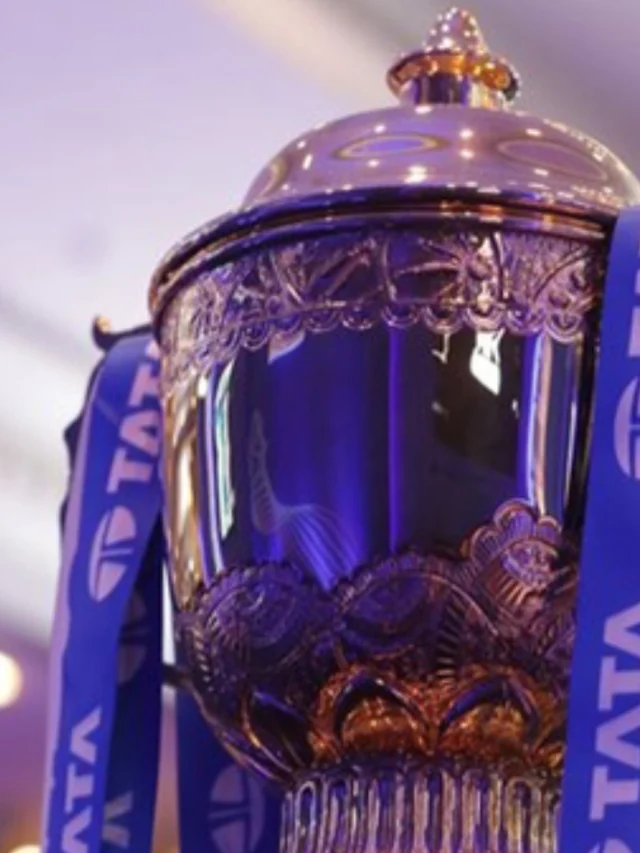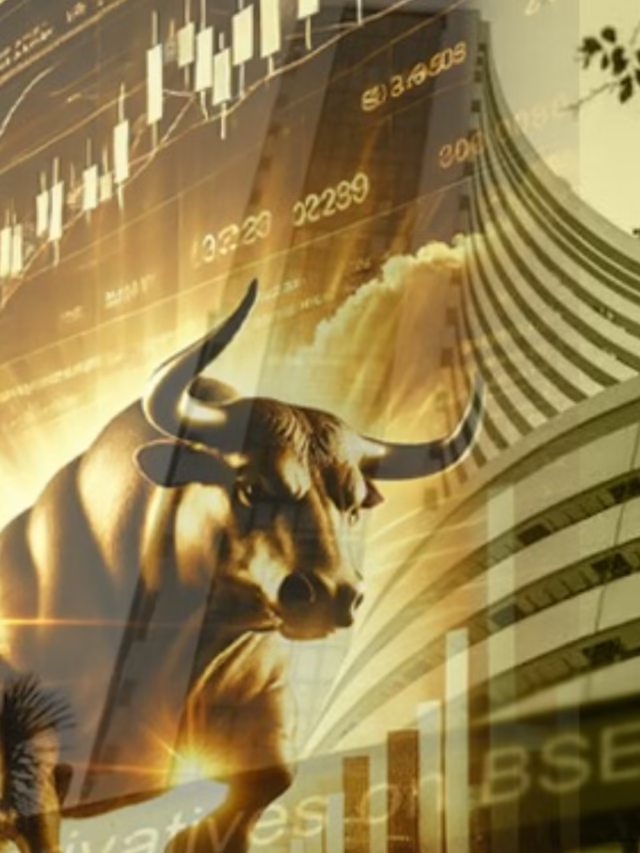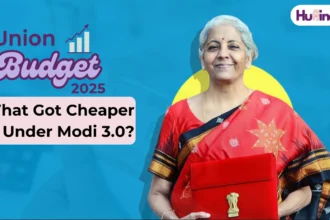Indian equity markets opened on a strong note on Wednesday, October 29, 2025, with the benchmark BSE Sensex today surging 231 points to reach 84,859 in early trade, while the NSE Nifty50 climbed 77 points to settle at 26,013 during the opening session. The rally was primarily driven by robust gains in metal stocks and public sector banking shares, with market participants demonstrating positive sentiment ahead of the crucial United States Federal Reserve interest rate decision scheduled for later in the day.
The broader market indices reflected mixed performance as mid-cap stocks showed marginal gains while small-cap stocks witnessed mild pressure. The Nifty MidCap index advanced 0.04 percent, whereas the Nifty SmallCap index declined 0.20 percent during early trade. However, sectoral indices presented a more optimistic picture, with the Nifty Metal index emerging as the clear outperformer, registering gains exceeding 0.5 percent and touching record highs during the trading session.
Metal Sector Leads Market Rally with Strong Gains
The metal sector emerged as the standout performer on Wednesday, with the Nifty Metal index surging more than 2 percent in morning trade to hit an all-time high of 10,824.70, extending gains for the third consecutive session. The index has now rallied over 4 percent during this three-day period, reflecting renewed investor confidence in the sector amid favorable global conditions and expectations of monetary policy easing by the Federal Reserve.
Jindal Steel & Power led the metal sector rally, with shares soaring 3.79 percent to trade near Rs 1,084 on the BSE, marking fresh gains following the company’s Q2 results announcement. Despite reporting an annual decline in net consolidated profit for the September quarter, the company posted stronger-than-expected revenue of Rs 117 billion against analyst estimates of Rs 107 billion. Motilal Oswal maintained a “buy” rating on the stock, citing strong quarterly performance despite weak realizations.
Other major metal stocks participated actively in the rally. Steel Authority of India Limited (SAIL) shares jumped nearly 8 percent to Rs 142, with the company scheduled to announce Q2 FY2026 results later in the day. Hindustan Copper shares followed with gains exceeding 3 percent, while Hindustan Zinc and NMDC advanced nearly 3 percent each. Vedanta, JSW Steel, and Tata Steel registered gains over 2 percent, contributing to the broad-based metal sector momentum.
Tata Steel shares rose 2.2 percent to Rs 180.60, extending their winning streak supported by improving domestic steel demand and stronger pricing trends. JSW Steel gained 1.15 percent, while Hindalco Industries and National Aluminium Company (NALCO) advanced nearly 1 percent each. APL Apollo Tubes and Adani Enterprises also participated in the rally with gains approaching 1 percent.
Global Factors Driving Metal Stock Performance
The sharp rally in metal stocks comes on the backdrop of rising global commodity prices and optimistic expectations regarding US Federal Reserve monetary policy. Copper prices have climbed past $10,600 per tonne, while aluminum remains steady around $2,850, supported by a weaker US dollar and tightening supply conditions globally. Iron ore prices have remained strong, benefiting steel manufacturers across the board.
Additionally, optimism surrounding progress in US-China trade negotiations has boosted sentiment across global metal markets. Reports indicate that officials from both nations have finalized a trade framework for Presidents Donald Trump and Xi Jinping to review later this week, sparking hopes of avoiding fresh tariff escalations or restrictions on key commodities including rare earth exports. China’s renewed export curbs on rare earth minerals have created a scarcity premium, lifting strategic metals worldwide and benefiting Indian metal producers.
The anticipation of a 25 basis point interest rate cut by the US Federal Reserve in its October meeting has further supported risk assets, including metal stocks. Lower interest rates typically reduce borrowing costs for capital-intensive industries like metals and mining, improving profitability prospects and making these stocks more attractive to investors.
PSU Banks Touch Record Highs on FDI Speculation
Public sector banks emerged as another major contributor to Wednesday’s market rally, with the Nifty PSU Bank index gaining 1.21 percent and touching fresh record highs during the trading session. The sector has witnessed remarkable momentum since August, surging nearly 20 percent and adding Rs 2.3 lakh crore to the combined market capitalization of all public sector banks, which now stands close to Rs 18 lakh crore.
The rally in PSU bank stocks has been driven primarily by speculation regarding a potential increase in foreign direct investment (FDI) limits in state-run banks from the current 20 percent to 49 percent. Reports suggest the finance ministry is in active discussions with the Reserve Bank of India regarding this proposal, which could attract approximately $4 billion in passive inflows to the sector. State Bank of India alone could potentially receive $2,203 million in foreign investment if the proposal materializes.
Leading the charge among PSU banks, Indian Bank has delivered stellar returns of 26 percent over the past two months, while Bank of India and Canara Bank have each gained over 20 percent during the same period. Heavyweight banks including State Bank of India, Punjab National Bank, and Bank of Baroda have rallied between 14-16 percent, cementing PSU banks’ position as one of 2025’s most unexpected outperformers.
State Bank of India, the sector’s largest player with 48.39 percent weightage in the Nifty PSU Bank index, advanced during morning trade, contributing significantly to the overall index performance. The bank’s strong retail liability franchise and better positioning to benefit from credit growth resumption, particularly on the retail front, have attracted investor interest.
Broader Market Performance and Key Movers
Among individual stocks on the Sensex, gainers included Asian Paints, Sun Pharma, Reliance Industries, HCL Tech, Trent, Tata Steel, Adani Ports, Titan Company, and Kotak Bank. On the Nifty, Max Healthcare, Trent, Reliance Industries, Titan Company, and Hindalco emerged as major gainers, while Shriram Finance was among the notable losers.
The market breadth remained positive during early trade, with approximately 1,842 shares advancing, 1,401 shares declining, and 159 shares remaining unchanged on the BSE. This favorable advance-decline ratio indicated broad-based buying interest across various market segments, though selectivity remained evident as investors focused primarily on metal and banking sectors.
However, certain sectors experienced pressure. The Nifty Capital Markets index witnessed sharp declines of 3 percent, with asset management companies and capital market stocks under selling pressure. Nuvama Wealth, CAMS, Motilal Oswal Financial, HDFC AMC, 360One WAM, NAM-India, Kfin Tech, Anand Rathi Wealth, and Aditya Birla Sun Life AMC crashed between 2.5 percent and 6 percent during the session.
Federal Reserve Decision Awaited
Market participants are exercising caution ahead of the US Federal Reserve’s Federal Open Market Committee (FOMC) meeting outcome, scheduled for announcement at 2:00 PM Eastern Time (11:30 PM IST) on October 29, followed by Fed Chair Jerome Powell’s press conference at 2:30 PM ET. The central bank is widely expected to announce a 25 basis point interest rate cut, bringing the target range to 3.75-4.00 percent, marking the second consecutive rate reduction in 2025.
Market expectations indicate a 96.7 percent probability of a quarter-point rate cut, according to CME FedWatch tracking. The anticipated monetary easing follows the Fed’s first rate reduction in September 2025, which lowered borrowing costs to the 4.00-4.25 percent range amid concerns about labor market weakness. Fed Chair Powell has emphasized a data-dependent approach to future rate decisions, balancing risks between employment concerns and persistent inflationary pressures.
The Fed’s decision and Powell’s commentary regarding future policy direction will significantly influence global market sentiment and could provide further direction to Indian equity markets in the coming sessions. Analysts anticipate that Powell will maintain flexibility without committing to specific actions for the remainder of 2025, given the uncertain economic landscape complicated by the ongoing US government shutdown.
Rupee and Global Market Context
The Indian rupee opened approximately 6 paise higher on Wednesday at 88.21 per US dollar compared to Tuesday’s close of 88.27, reflecting positive sentiment in domestic markets and anticipation of dovish Fed policy. The currency’s strength against the dollar provided additional support to domestic equities, particularly import-dependent sectors.
Asian markets traded largely positive on Wednesday, contributing to the favorable global backdrop for Indian equities. The positive sentiment across regional markets reflected optimism regarding potential US-China trade progress and expectations of continued monetary policy easing by major central banks globally.
Market Outlook and Expert Views
Market analysts maintain a cautiously optimistic outlook, citing attractive valuations in the metal and banking sectors relative to historical averages. Hardik Matalia, Derivative Analyst at Choice Broking, indicated that Nifty could find support at 25,900 levels, followed by 25,850 and 25,800, while immediate resistance is anticipated at the 26,000 mark, followed by 26,050 and 26,100.
Shibani Sircar Kurian of Kotak Mahindra AMC expressed confidence in select PSU bank opportunities, particularly larger names with better retail liability franchises positioned to benefit from credit growth acceleration and margin stabilization. She noted that valuations in the banking sector appear attractive relative to historical norms, supporting a positive outlook despite near-term volatility.
However, experts caution about potential headwinds including drops in treasury income for banks and rising operational expenses. The sustainability of the current rally will depend on continued earnings growth, favorable monetary policy developments, and resolution of global trade tensions.























